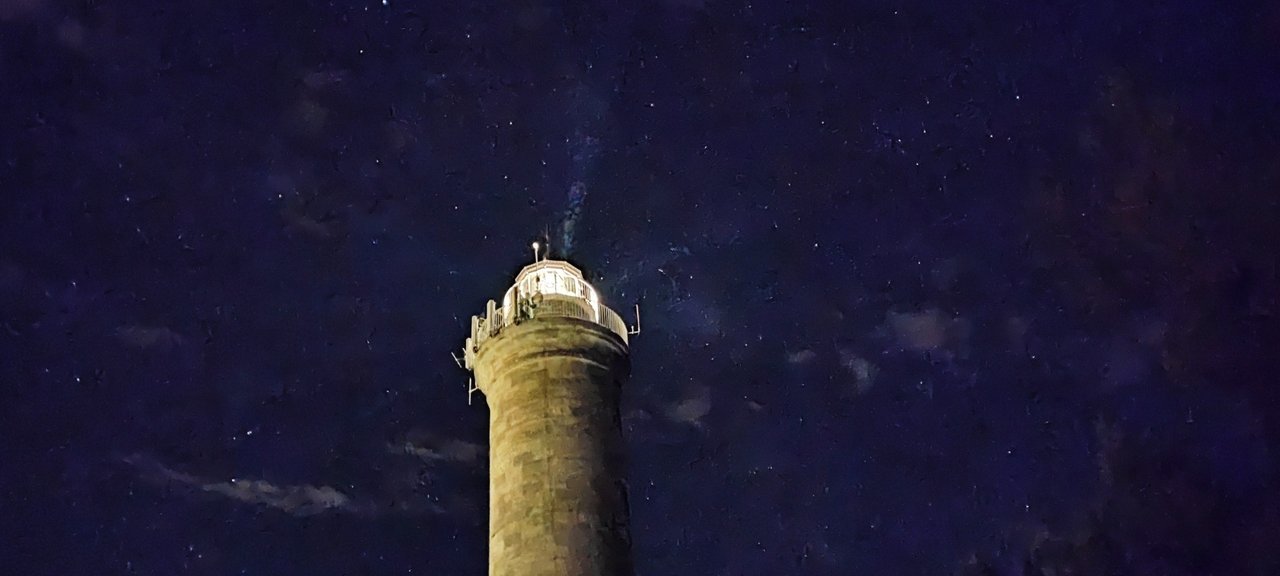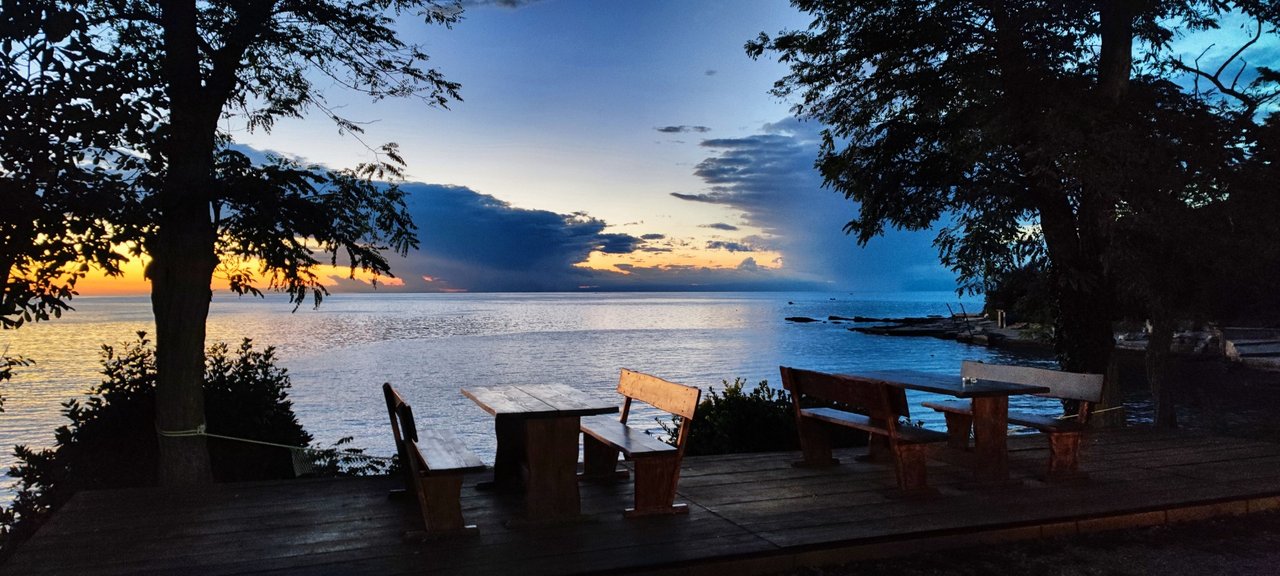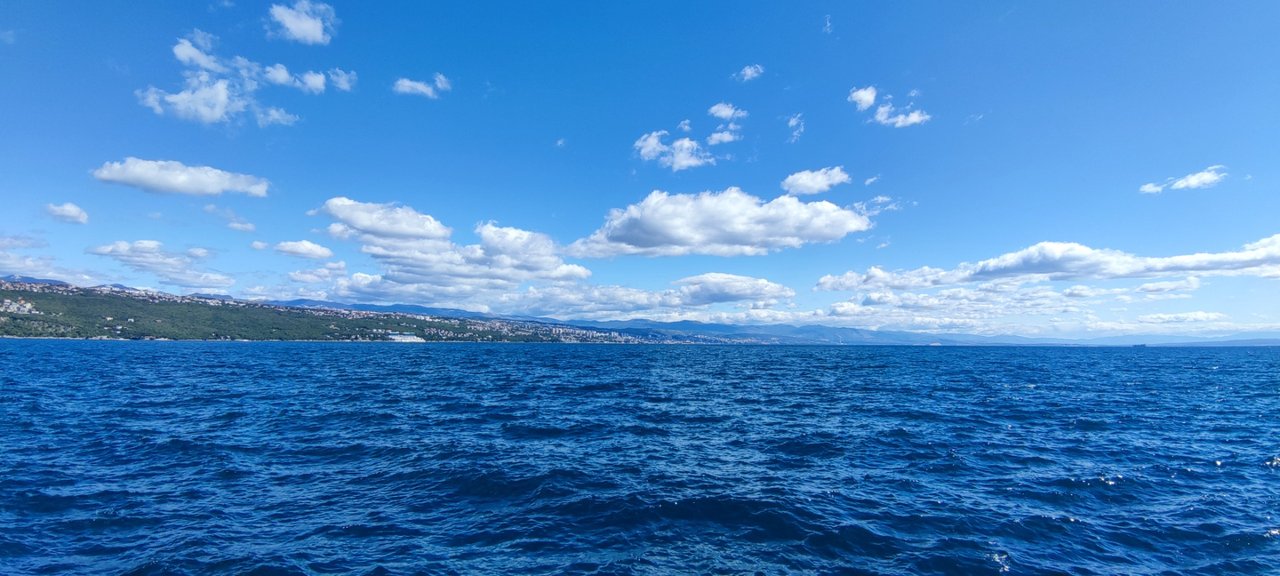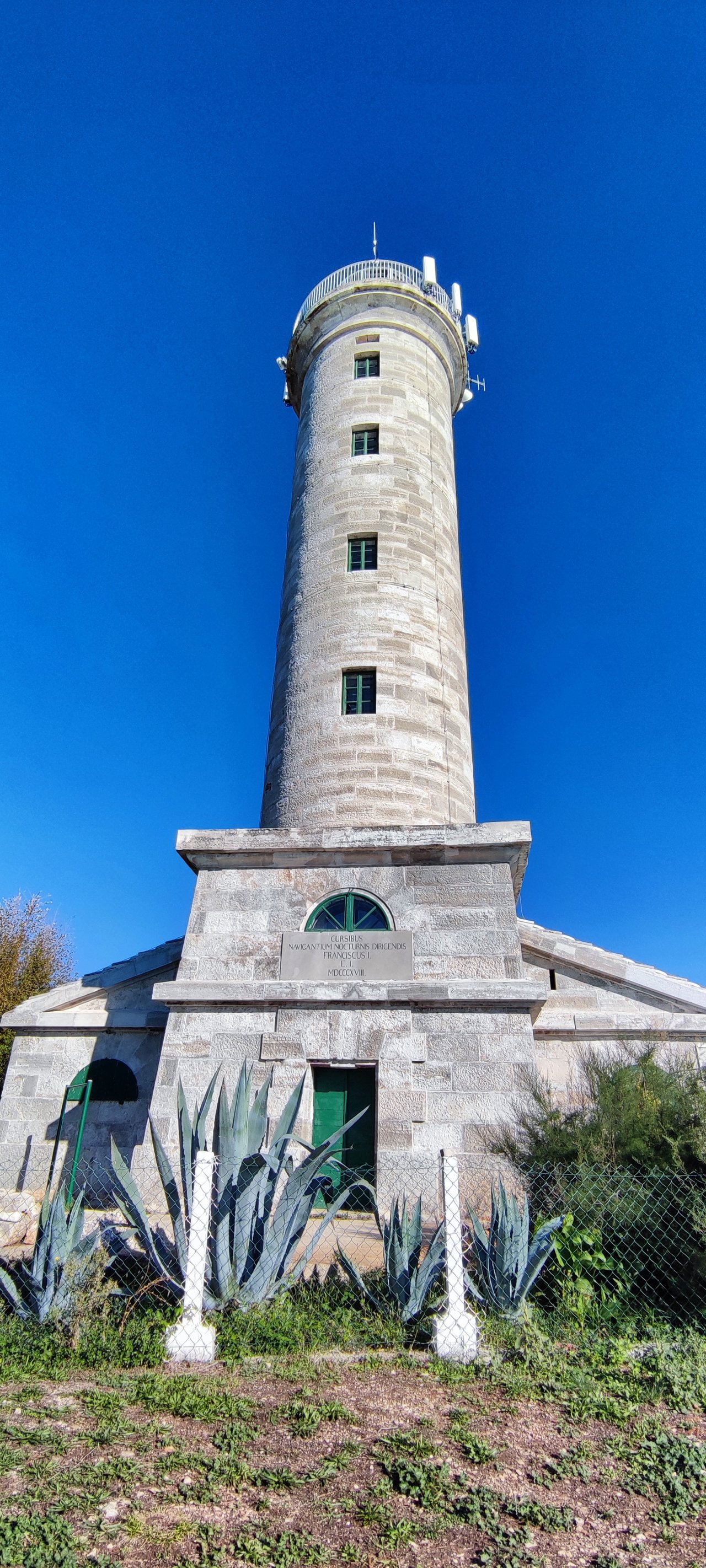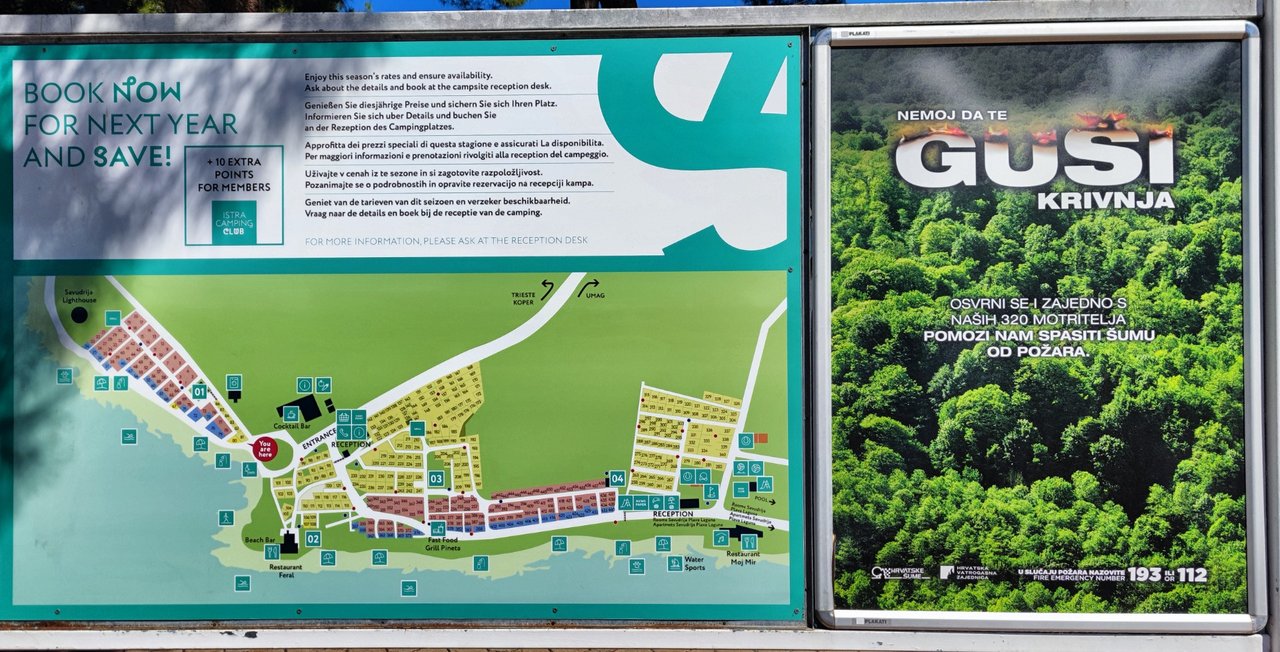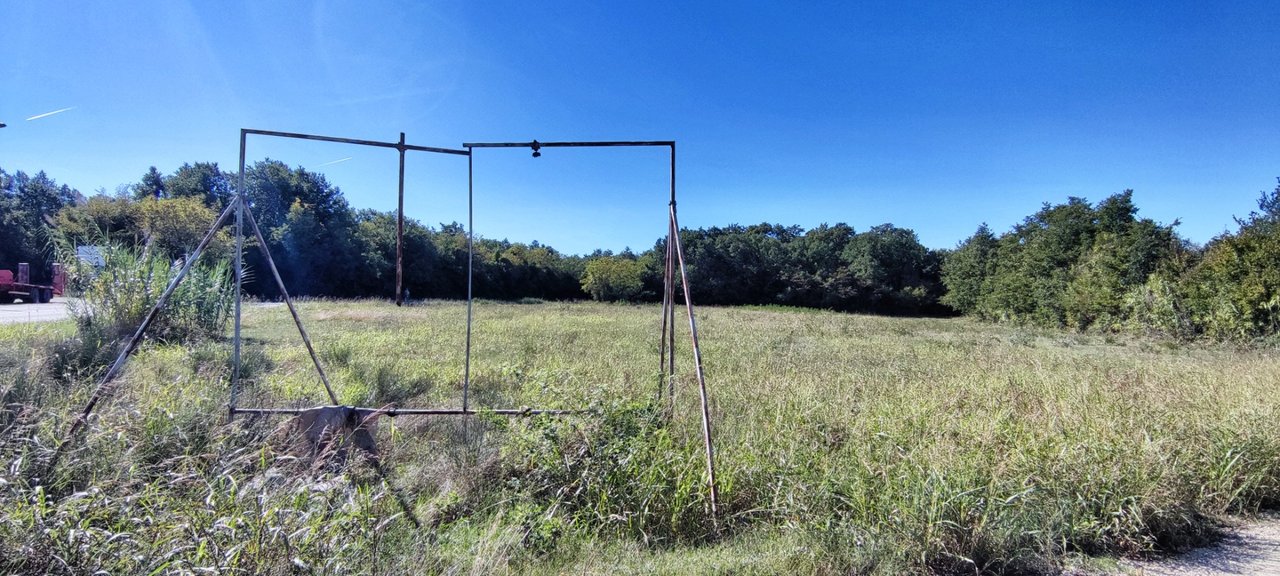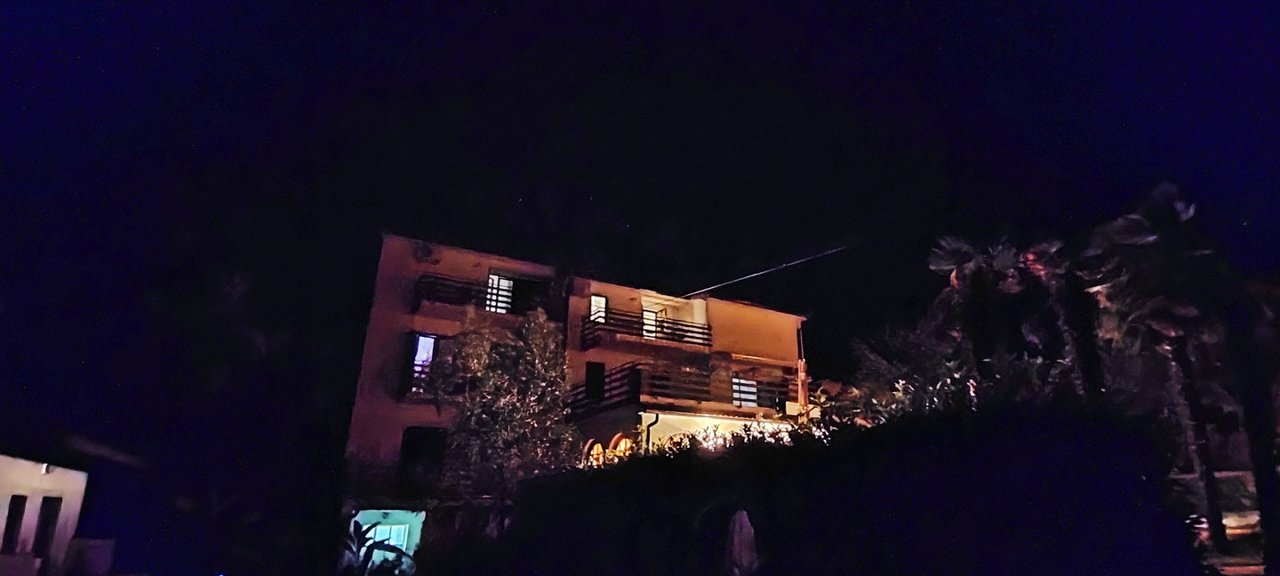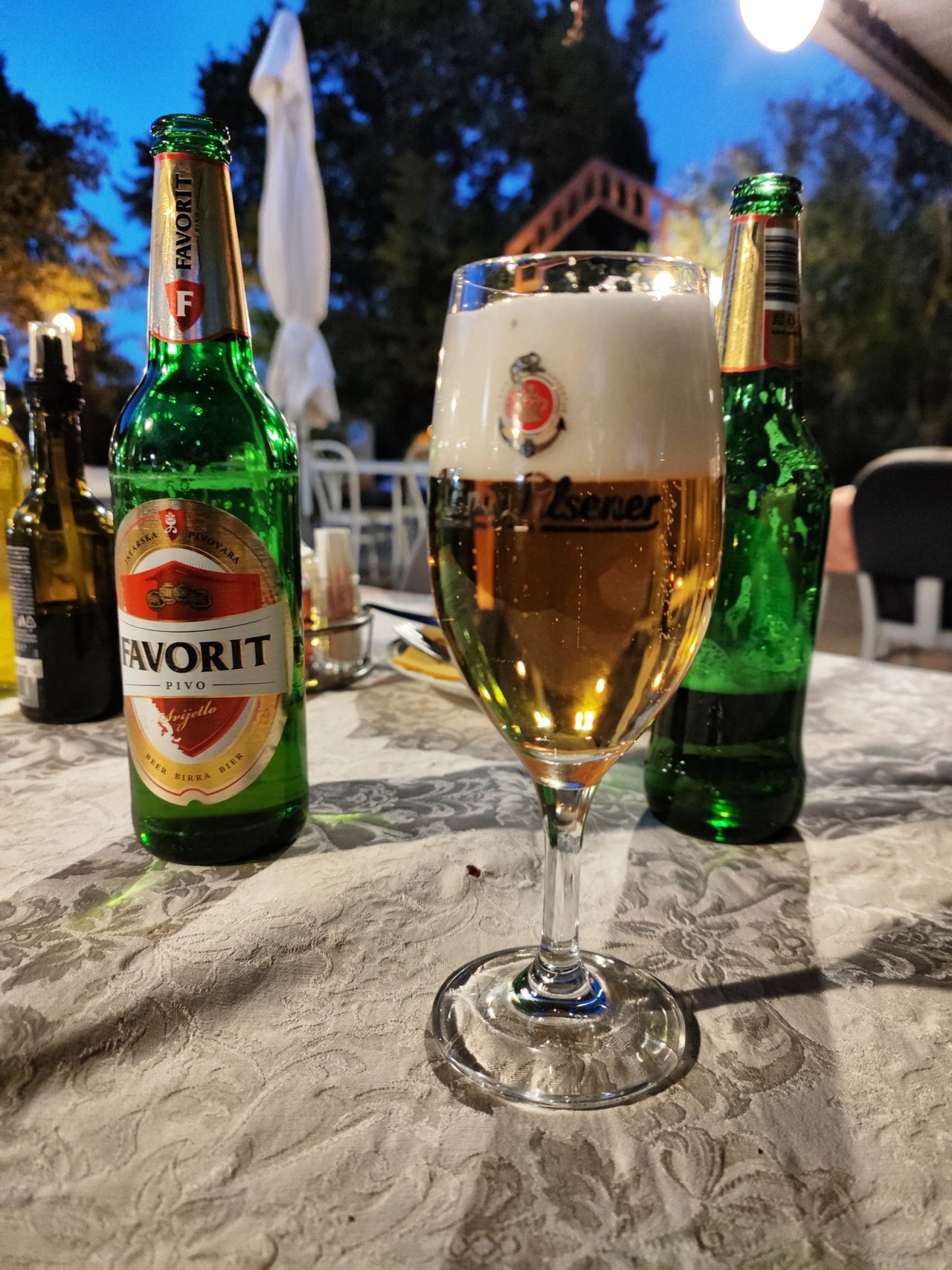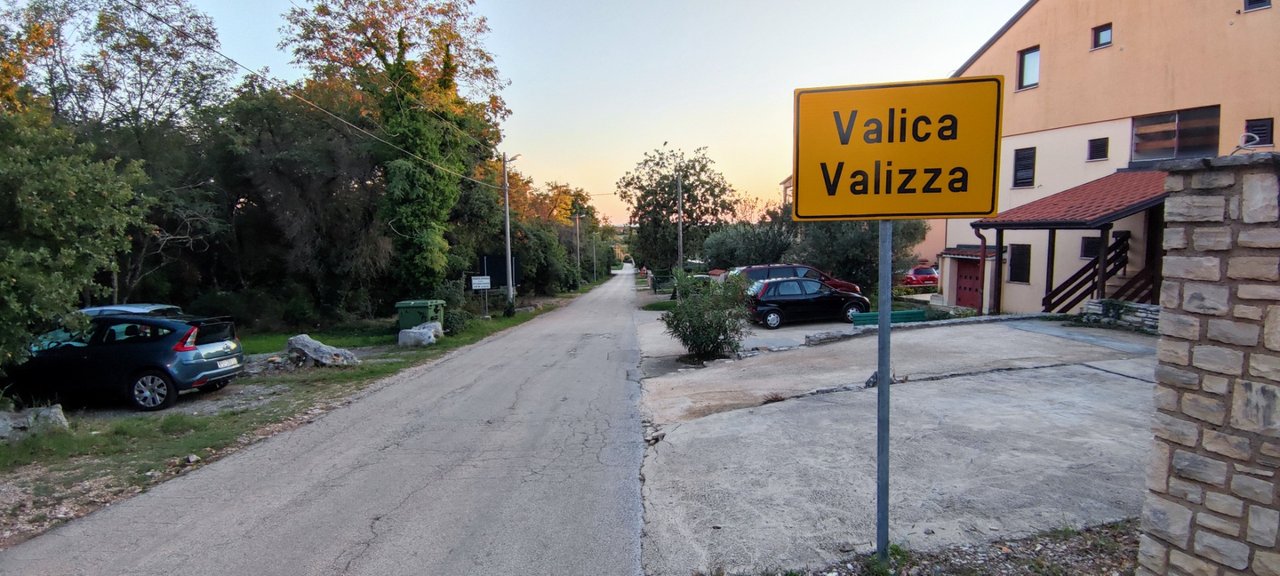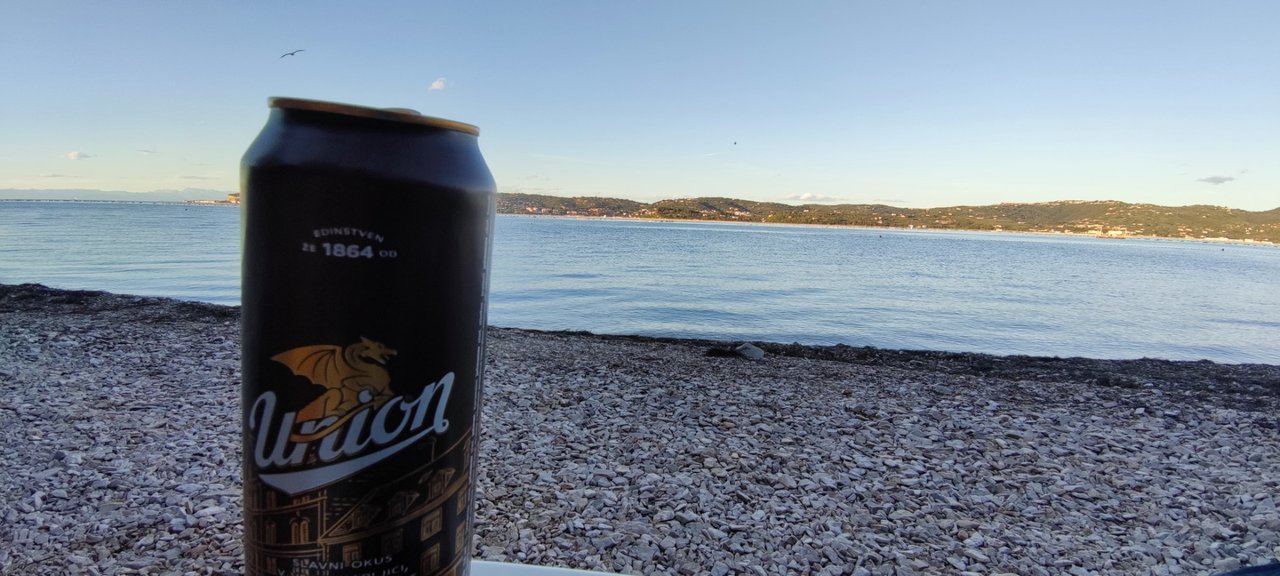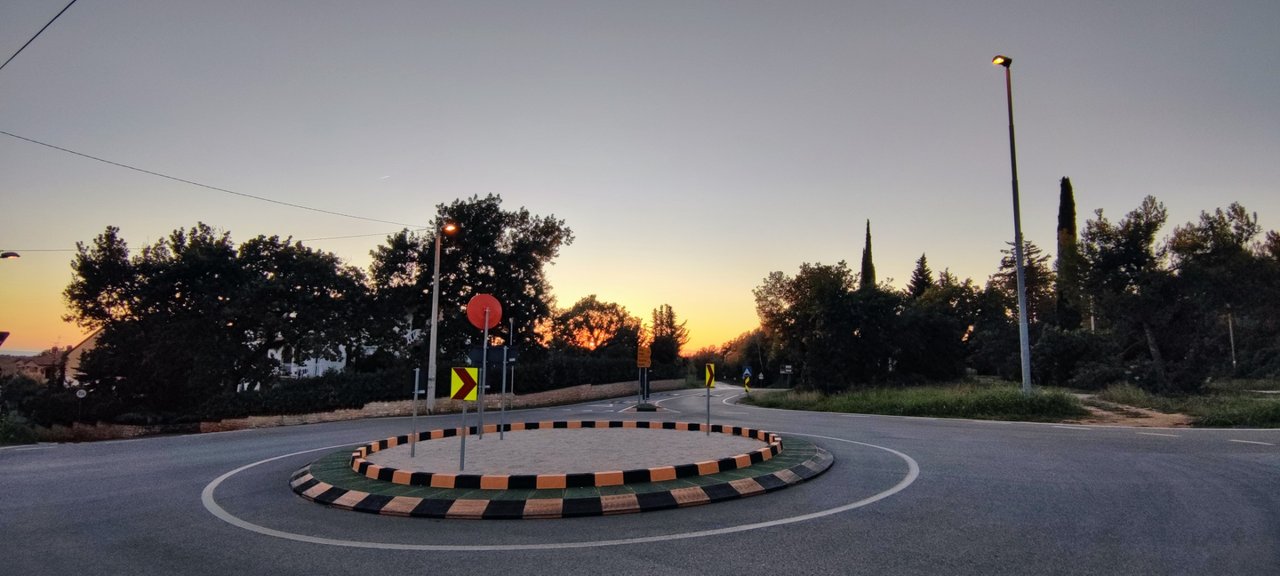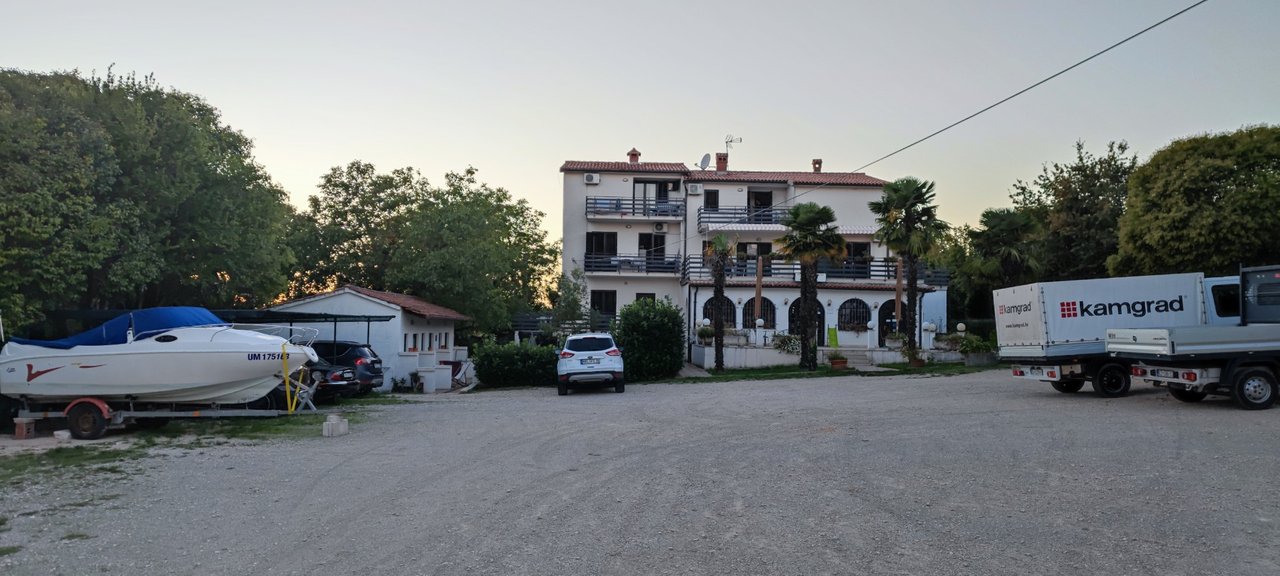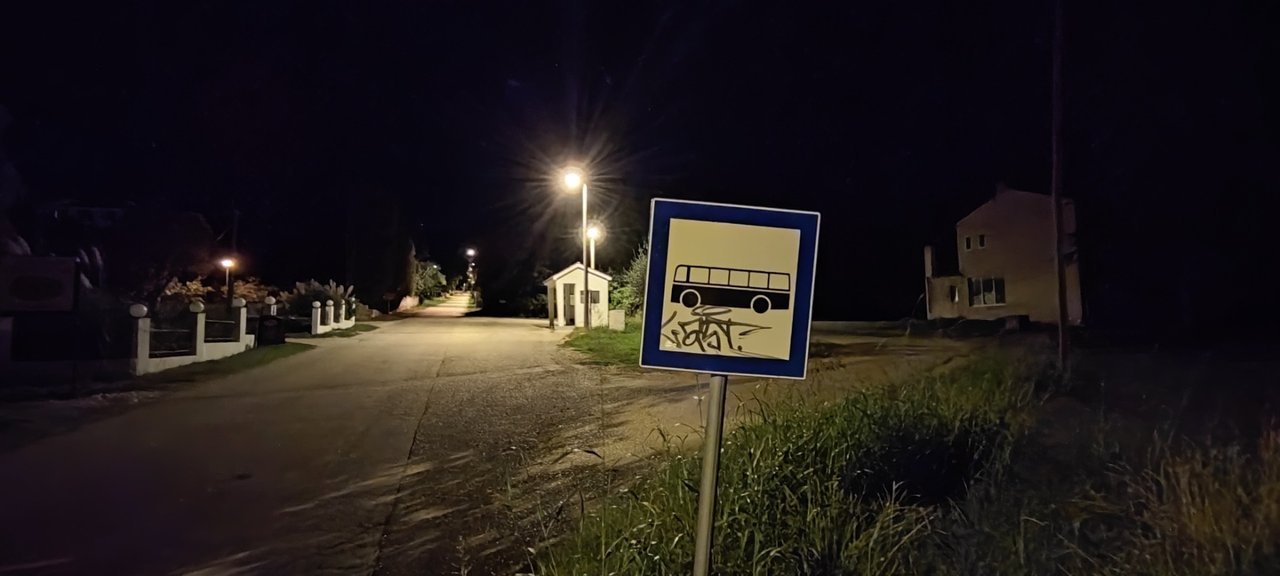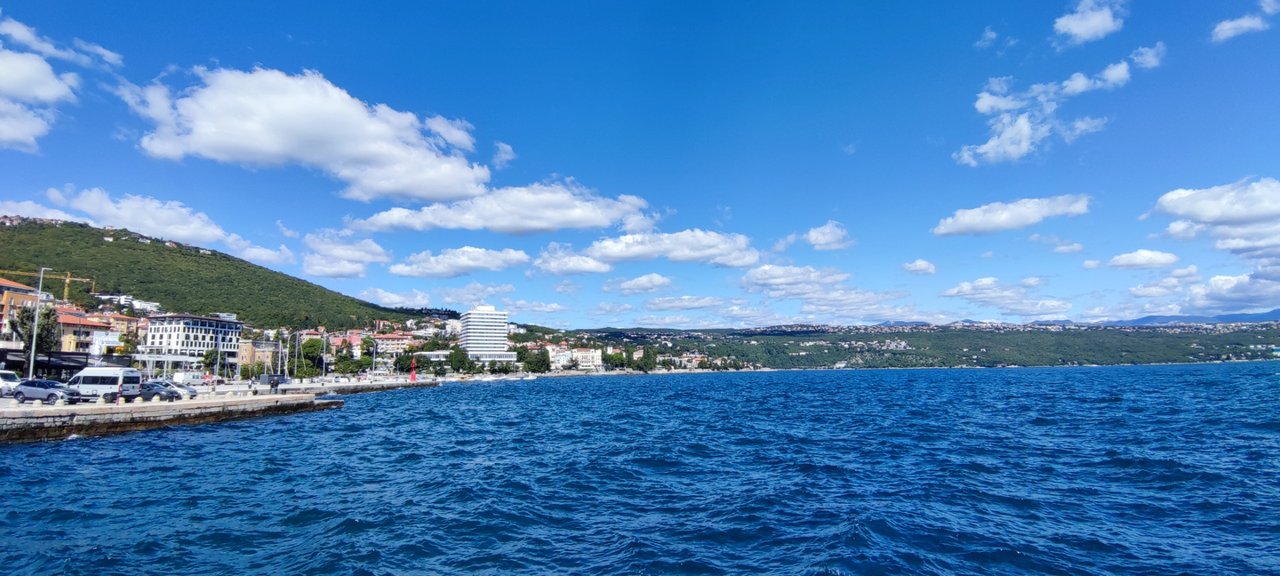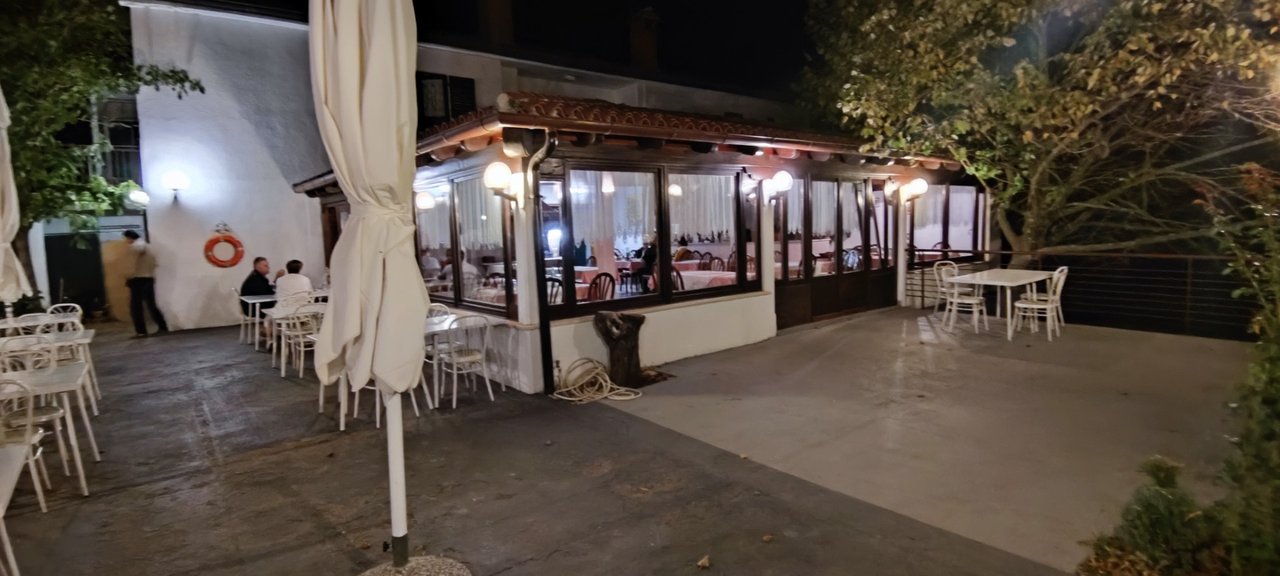From fabulous cave of Postojna the road goes smoothly down, always in the direction of the Mediterranean Sea. Here the old, splendid coastal towns with their changeable history are waiting. Piran, Portoroz, the Port of Roses, Pula - at one time they were all Italian, at another Slovenian, Croatian or Yugoslavian. Today, the people here in Istria feel first and foremost as Istrians they live enjoyably and close to the lightning blue sea, with wind and sun and on white limestone. There are disputes between Slovenia and Croatia from time to time. But there is no trace of the wars that so badly damaged the region 30 years ago.
The north of the south
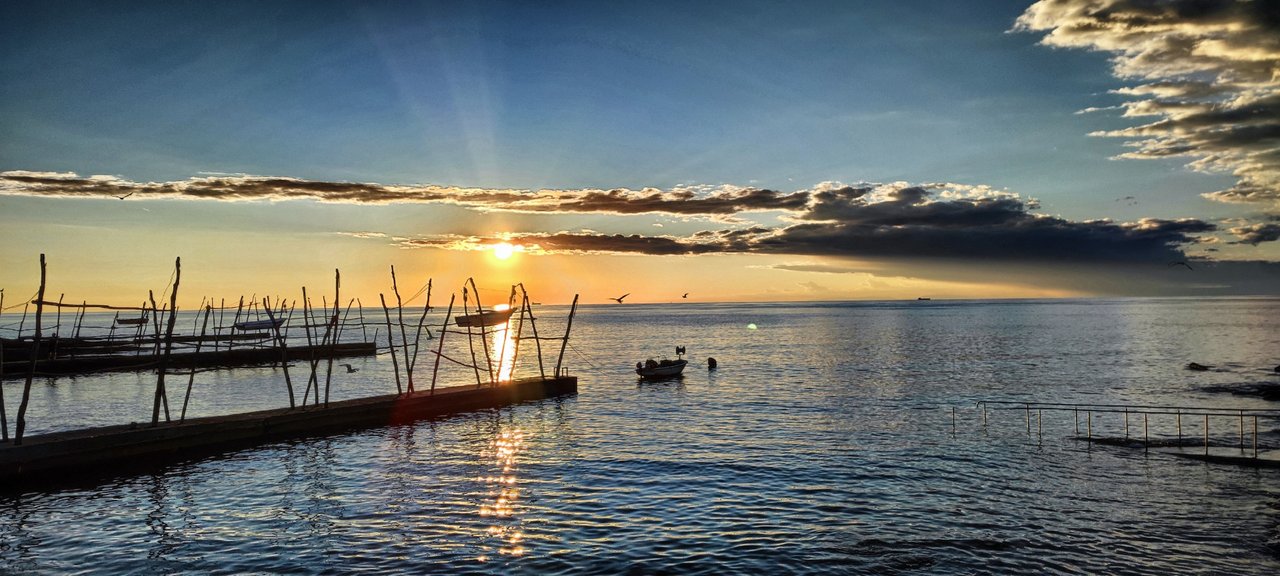 Boats on a wire.
Boats on a wire.
Istria is a Croatian peninsula in the northern Adriatic Sea south of the Gulf of Trieste in Italy. The region, with tourist strongholds such as Poreč and Pula, is prominently located on the sea and has a pleasant climate. Significantly, seen from space, Istria has the shape of a heart, the one in the middle of the blue Adriatic. 200,000 inhabitants live here permanently, in the season two to four times as many vacationers come. Istria is the largest peninsula on the Adriatic and the westernmost region of Croatia, which lives not insignificantly from the income from tourism.
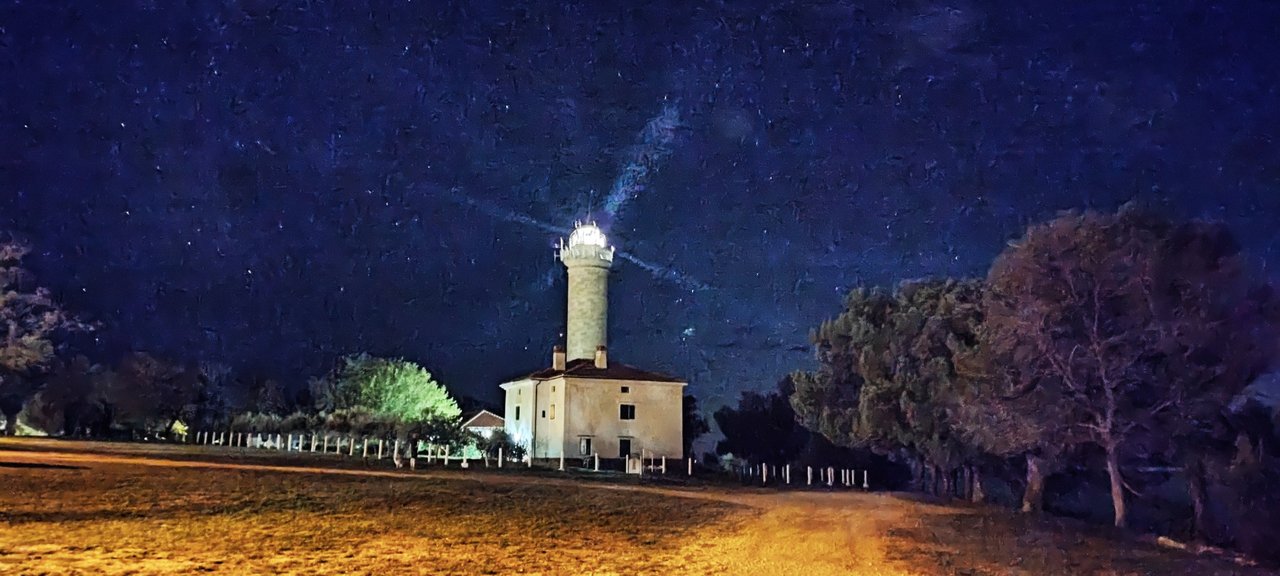 The old lighthouse.
The old lighthouse.
Despite the endless long coastline down to Macedonia in the south, the hilly peninsula, which gently slopes down towards the sea, is the center of the Croatian vacation world. No wonder, because thanks to the stone beaches, the water is crystal clear, and the medieval towns with their narrow streets attract tourists. There are hotels for every budget and an infinite number of beautiful campsites in scenic locations directly by the sea.
Island of colors
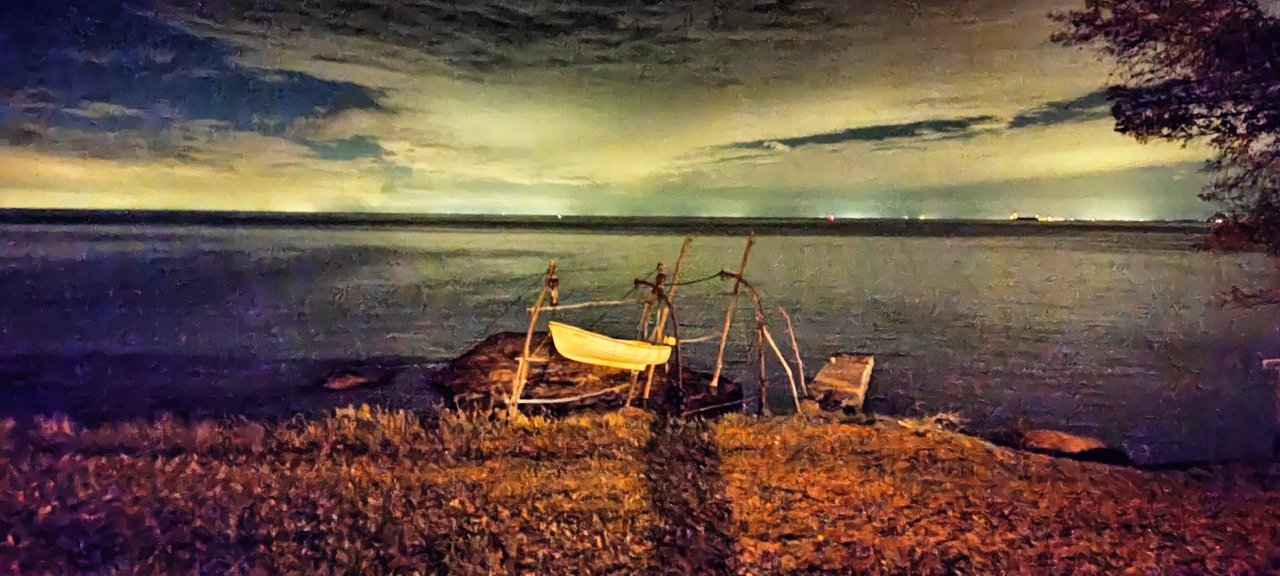 After sundown.
After sundown.
Istria is a colorful island. Red earth daminates on the west coast, the fertile fields shine red in the sunlight. Gray Istria is located in the central part of the peninsula and got its name from the predominant colors of its rock. White Istria is formed by the northwestern parts of the peninsula, the high mountains Ucka and Cicarija. They got their name from the white limestone cliffs that drop steeply inland and towards the east coast. In contrast: The woods are green, the water is blue and the sun shines yellow.
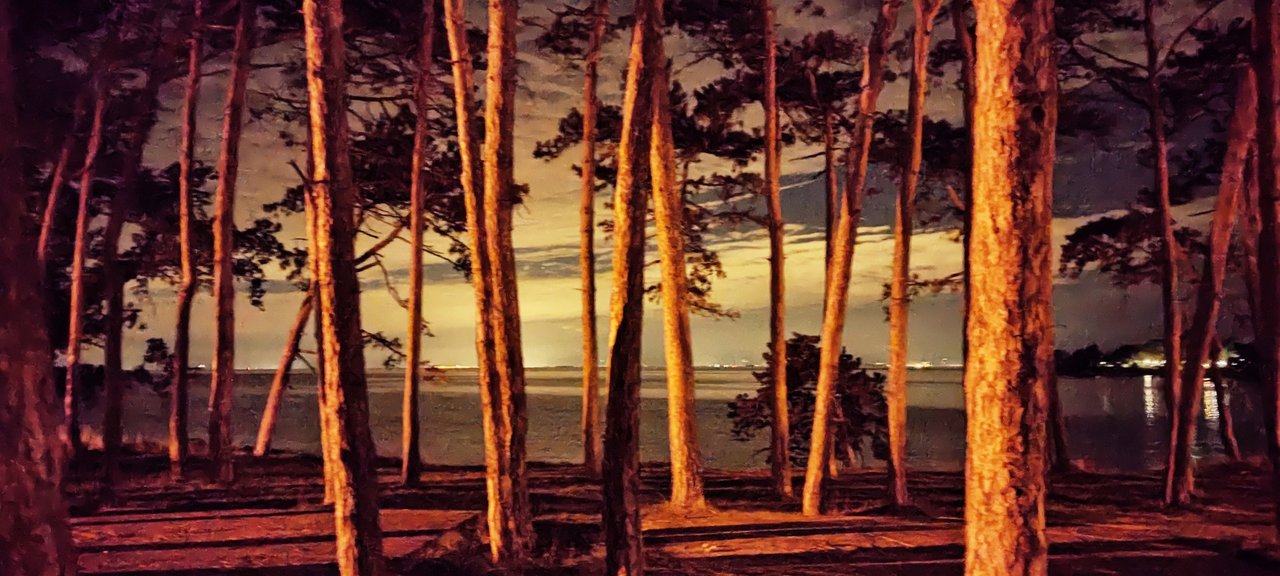 The magic wood
The magic wood
Near Salvore, which is now called Savudrija, pine trees stand on the coast and boats hang on racks above the water. This way they are protected from high tide and if necessary they are lowered into the water by means of pulleys. The beach takes some getting used to: no sand, but gravel, shaded by olive trees or vines growing out of the red earth. In a rustic village pub, we try what host Zlatan tastes like: skewers and wine, beer and sweet dessert. Divine.
Old towns, fresh fish
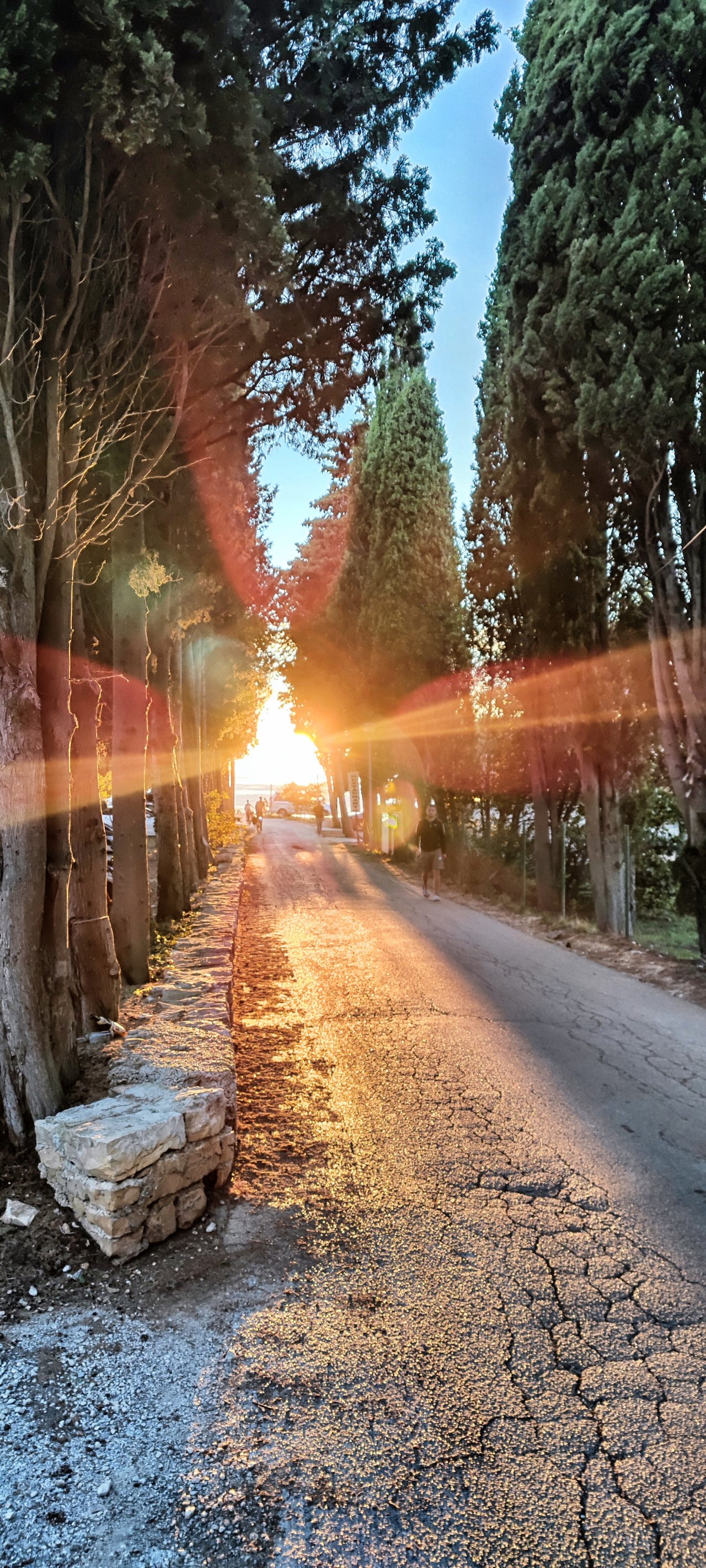 Maybe the Romans plant these trees (not really these!)
Maybe the Romans plant these trees (not really these!)
The Venetian-influenced old towns of Novigrad, Porec, Rovinj and Pula line the rugged coast like a string of pearls. This Istria brings gourmets into raptures. The fish cuisine and rustic konobas, the Boškarin beef and pršut, the vineyards and truffle forests, the wild asparagus, the particularly delicate Kvarner scampi, the excellent malvazija and the world-class olive oil. Some things have been Italian since Roman times, others are pure Balkan.
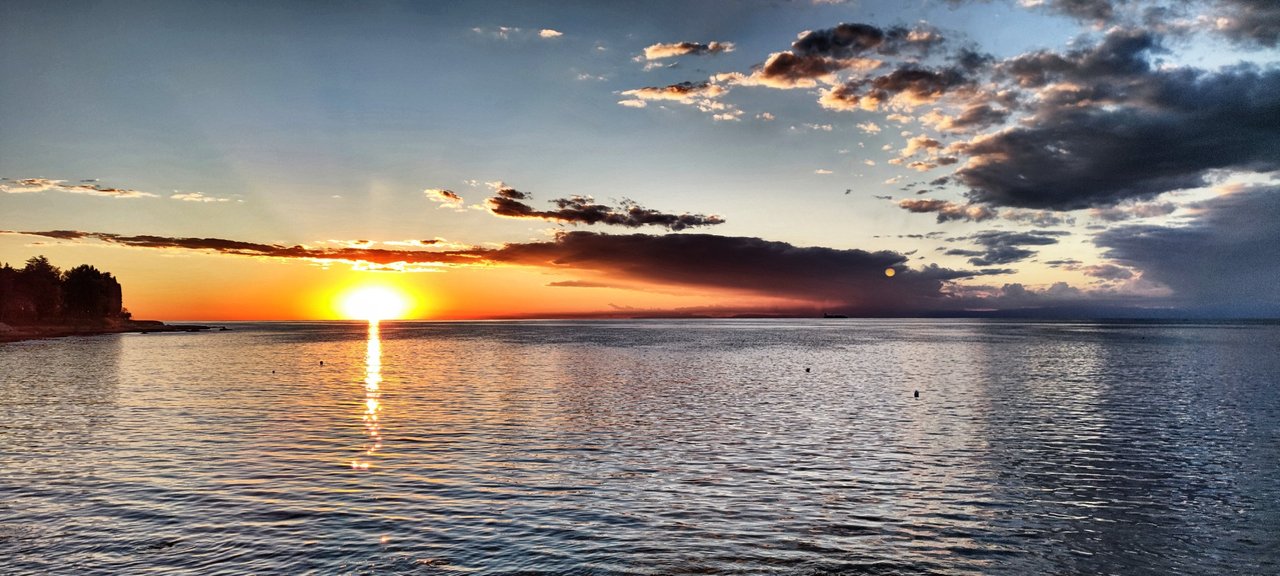 Sun is going to sleep
Sun is going to sleep
Yet the peninsula has an extension of only about 3,500 square kilometers. However, surrounded by fabulous 537 kilometers of coastline. In the course of history, Istria has also been under Austro-Hungarian influence. This can be seen not least in the architecture and language of Istria. In Vrsar, however, and also in Rovinj, one can also see Venetian influences. Today it is only three and a half hours by ferry from here to Venice - if you don't like the ice, you can get there quickly.
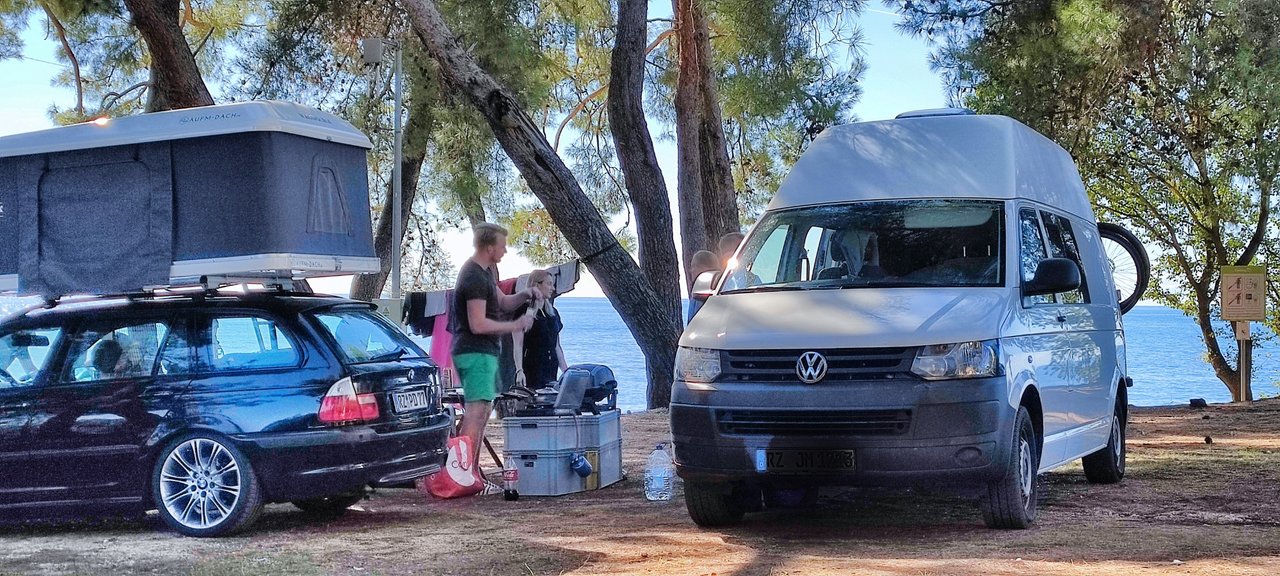 The camp site on the beach
The camp site on the beach
The lighthouse
Perched on the edge of the cliff like a watchful guardian, the lighthouse stands tall against the crashing waves below. This stunning landmark offers visitors a breathtaking view of the coastline, while providing insight into the area's rich maritime history. From the top of its spiraling staircase, you can see for miles around, taking in the rugged cliffs, sparkling ocean, and quaint fishing villages. A visit to the lighthouse is the perfect way to immerse yourself in the natural beauty of the region and experience a sense of wonder that can only come from standing under its glowing beacon.
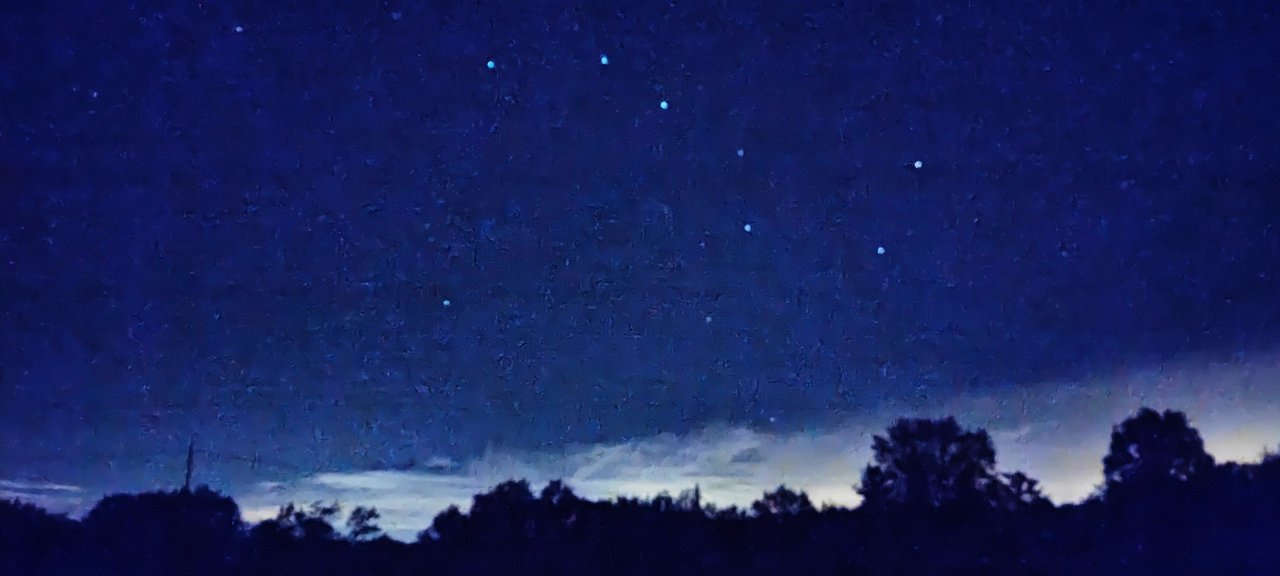 Ursa Major, the Big Dipper
Ursa Major, the Big Dipper
But you can also stay and enjoy nature. When the big streams of tourists have left in autumn, strolling around old lighthouses or through winding alleys becomes really interesting. You are alone, you don't have to jostle for seats in restaurants, and you can enjoy the woods as well as the jogging trails and the Romanesque-Gothic towns.
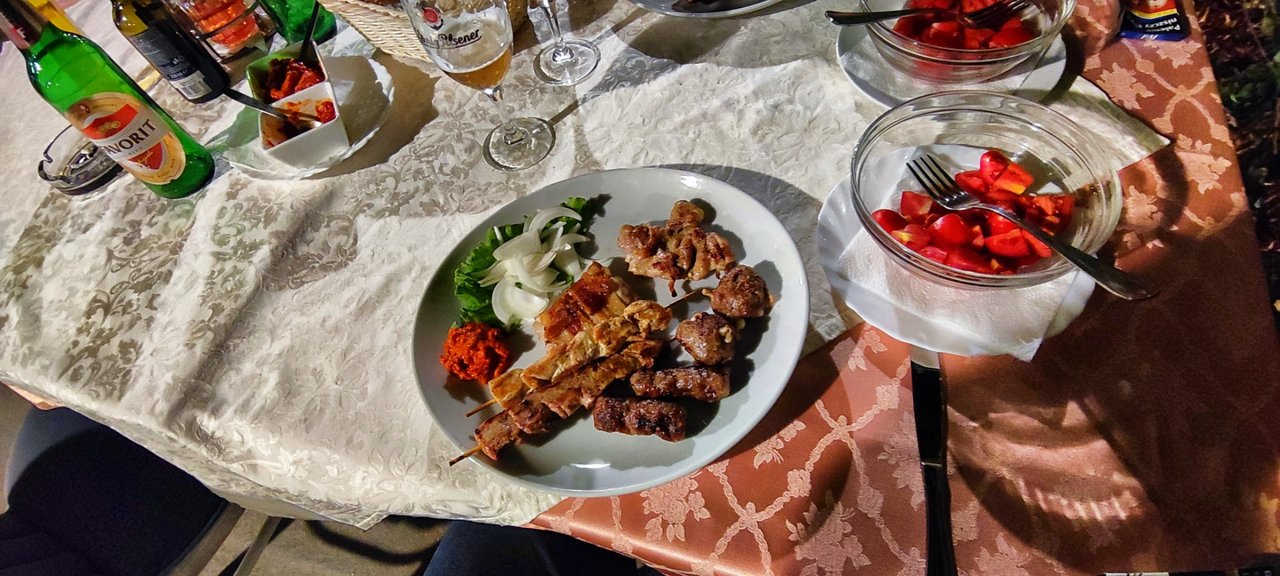 Eating is a pleasure in Croatia
Eating is a pleasure in Croatia
Better be off-season
The people here are exceptionally friendly and - at least in the off-season - genuinely interested in every guest. You will quickly get into conversation with Istrians, they open-heartedly tell you about their problems and little joys. And: Croatia is safe. There is hardly any crime here, away from the big cities, but there is a lot of willingness to help and a great knowledge of foreign languages. Many speak German because they lived in Germany at some point. Everyone else, it seems, speaks perfect English. And if not, hands and feet help
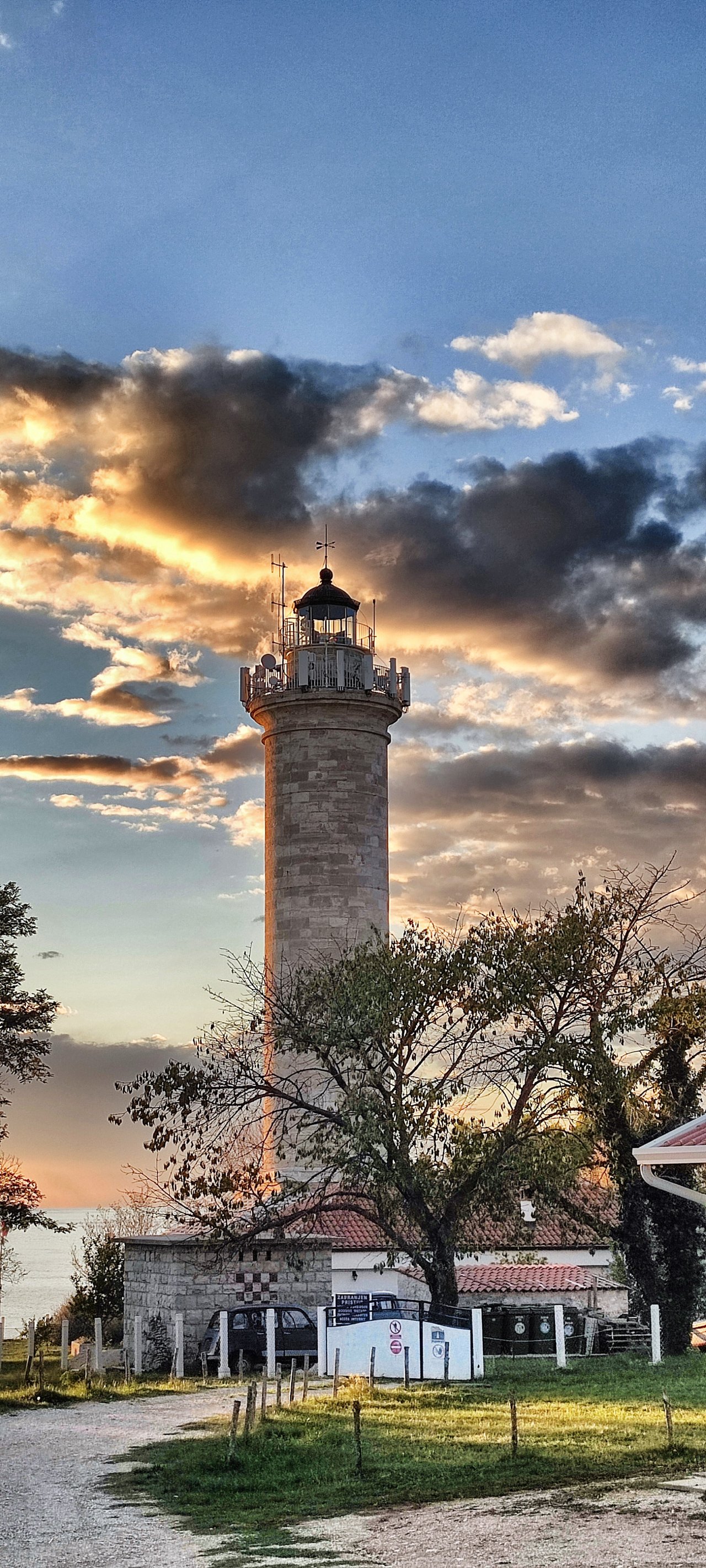 The lighthouse by day
The lighthouse by day
From the medieval seaside town of Umag, considered the gateway to Istria's west coast and Croatia's tennis capital, we head down the coast on new, glassy roads with little traffic, always heading for the sun. Cape Savudrija at the northernmost tip of Istria remains behind, the lighthouse disappears behind the horizon. For some years now, driving through the mountainous center of the island has no longer been a nerve-racking adventure. Those who want to get to Rijeka, the next big city on the mainland, simply use a toll, but yawningly empty highway. Driving on it is reminiscent of the great road trips in the U.S.: We are rolling toward the sun, surrounded by steep mountainsides and endless prairies.
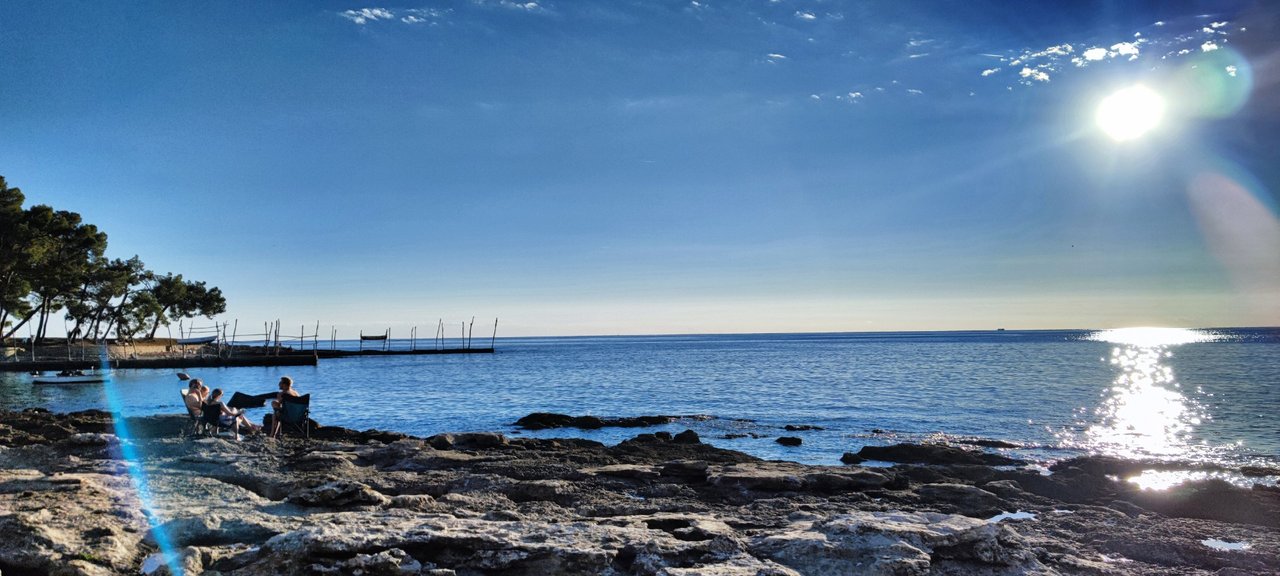
Thank you for reading and if you like my work please follow me on Hive, Travelfeed or Steem or visit my homepage koenau.de
A few more pictures:
